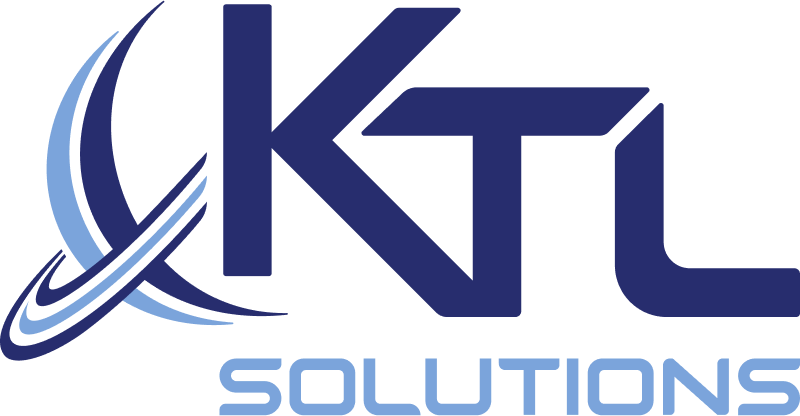The holiday season has come and gone, but it’s snowing today at the KTL headquarters so what better time than to talk compliance…Elf style.
There are a lot of myths when it comes to NIST compliance. In this blog, we take a look at three of those myths and why they ring faker than an artificial tree.
Myth 1: NIST Compliance is Only for Large Corporations

One prevailing myth is that NIST compliance is exclusively tailored for large corporations or government entities. However, NIST guidelines, especially NIST Special Publication 800-171, apply to any organization handling Controlled Unclassified Information (CUI) in non-federal systems. This includes a broad spectrum of entities, from small businesses to contractors collaborating with federal agencies. Compliance requirements might vary in complexity, but adherence to these standards is crucial regardless of an organization’s size.
Myth 2: NIST Compliance is Optional

Some believe that compliance with NIST guidelines is optional or discretionary. In reality, for organizations handling CUI, compliance with NIST standards is mandatory. Failure to comply can result in losing government contracts or facing penalties. NIST guidelines provide a structured framework for safeguarding sensitive information, and non-compliance can leave systems vulnerable to cyber threats, potentially exposing critical data.
Myth 3: NIST Compliance Guarantees Total Security
While NIST standards are robust and comprehensive, achieving compliance doesn’t equate to absolute security. Following NIST guidelines significantly strengthens an organization’s security posture, but it doesn’t guarantee immunity from cyber threats. Security is an ongoing process that involves continual assessment, adaptation, and improvement. NIST compliance serves as a critical foundation, but it’s essential to complement it with proactive cybersecurity measures and staying updated on evolving threats.
To learn more about KTL’s compliance service offerings, click here.
